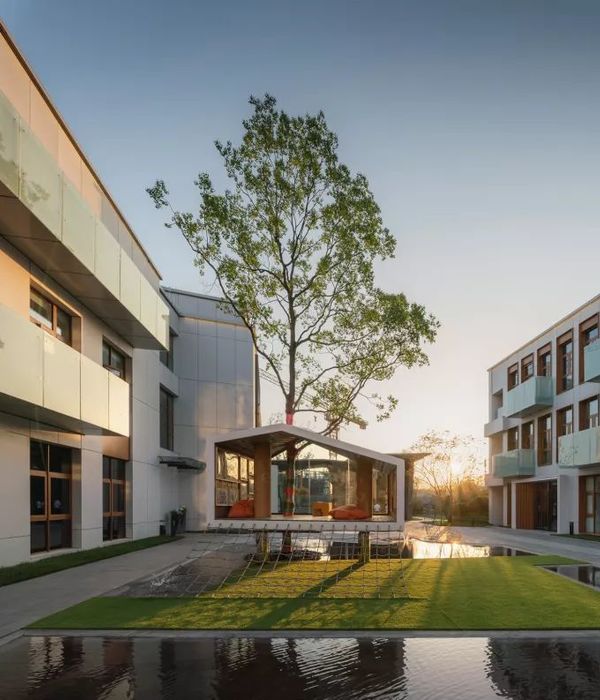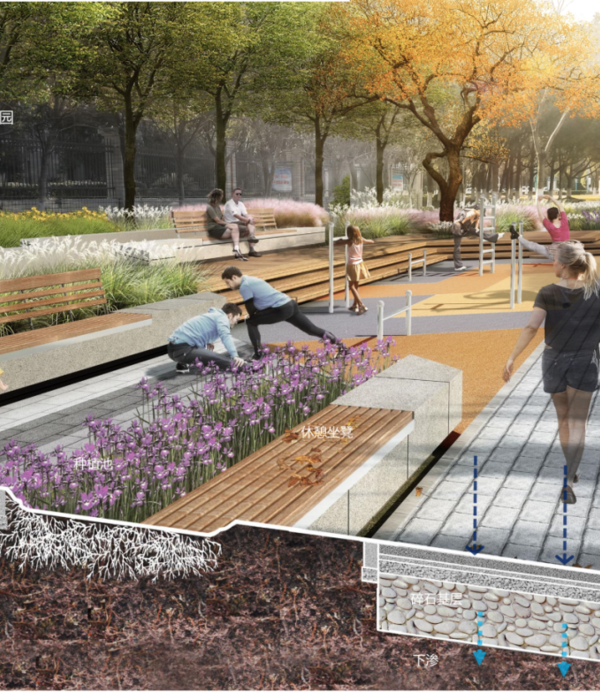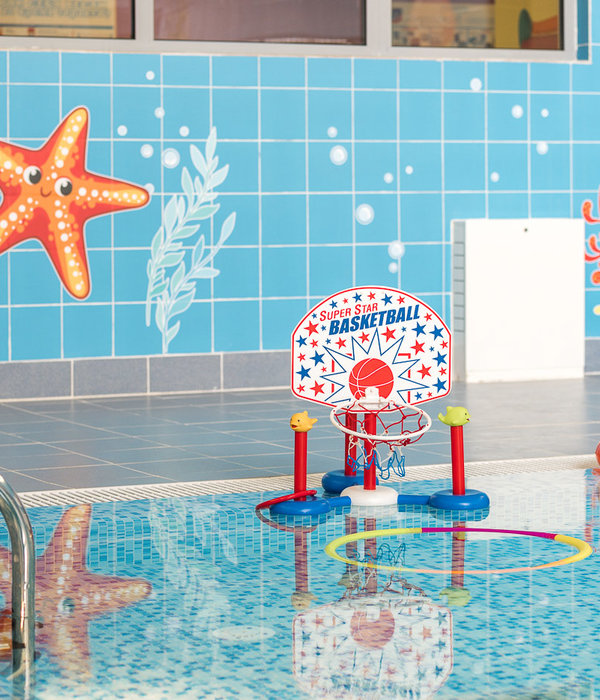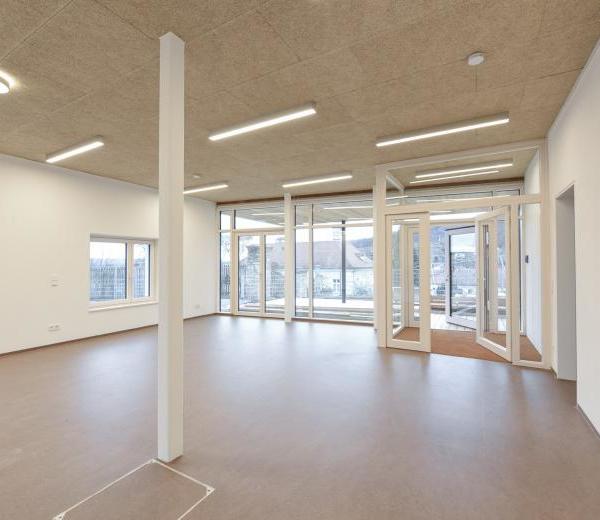Meyers+Associates created an office for WOSU Public Media to offer space for all aspects of their work in Columbus, Ohio.
Amongst the first universities to integrate this radio and broadcast media was The Ohio State University in 1920, with the birth of WOSU. The organization’s growth and prompted a move to the university’s new arts district. Faced with the desire to promote innovation and community connection the building’s design developed into a prominent example of WOSU’s goals of transparency and welcome, connecting the university to the surrounding neighborhood.
From High Street, the WOSU building appears tucked behind the buildings that line its corridor, with the visible corner encased in glass, inviting the pedestrian to investigate closer. Pushed back from the property’s setback line offers an outdoor amenity that activates the area and further engages the community while accommodating the tight site constraints. Visible is the creative stacking of the programming and a grand staircase offering the visitor a sense of light and clarity of the organization. The staircase connects the above-grade floors, and embracing natural lighting and encouraging interpersonal connection.
Design techniques adapted from sports & recreation planning are applied at the street level, and entrances are offered to the public through their generous use of glass contrasting with the exterior brick wrapper. This public “free zone” for the visitor, along with a reception area and flexible community studio on the ground floor, helps maintain private and secure spaces for the staff, including the tech core and green room, while creating a narrative of the organization. Interior materials are honest and raw, exposed rather than hidden away, and these workings showcase the spirit of the building’s connectivity through the display of its technology within.
Below grade offers the most considerable ceiling heights and is home to two TV studios, video and audio control rooms, master control, and edit suites. Talk radio, performance and production studios, and the newsroom find their home on the second floor. The third and fourth floors offer edit suites, workspaces, meeting areas, podcast recording areas, and a media learning lab accessible to community members.
The structure’s design utilizes sustainability principles in its commitment to its location, adjacency to transportation, water usage, energy efficiency, materiality, air quality, lighting solutions, and acoustic performance.
Controlling sound isolation, room acoustics, and noise and vibration control were essential to the success of the television and radio broadcast facility. Critical spaces were designed to have “room-within-a-room” construction, where the floor, walls, and ceiling are isolated from the surrounding building construction. Each area has a secondary floating concrete slab supported by the structural slab and interior walls are independent of the exterior and adjoining rooms, isolating them from the structure above and below. Sound isolation ceilings complete the isolated enclosures.
To control the behavior of sound within each of the critical spaces, custom acoustical treatments provide a balance of absorption, diffusion, and reflection. The mechanical systems that serve the broadcast spaces are remarkably quiet, so microphones can capture the subtle nuances of both news and music programs free from noise that could be distracting or interfere with intelligibility.
Design: Meyers+Associates
Design Team: Chris Meyers, Shawn Conyers, Karen Dwyer
Construction Management: Messer Construction
Photography: Brad Feinknopf, Kate Horgan
15 Images | expand for additional detail
{{item.text_origin}}












